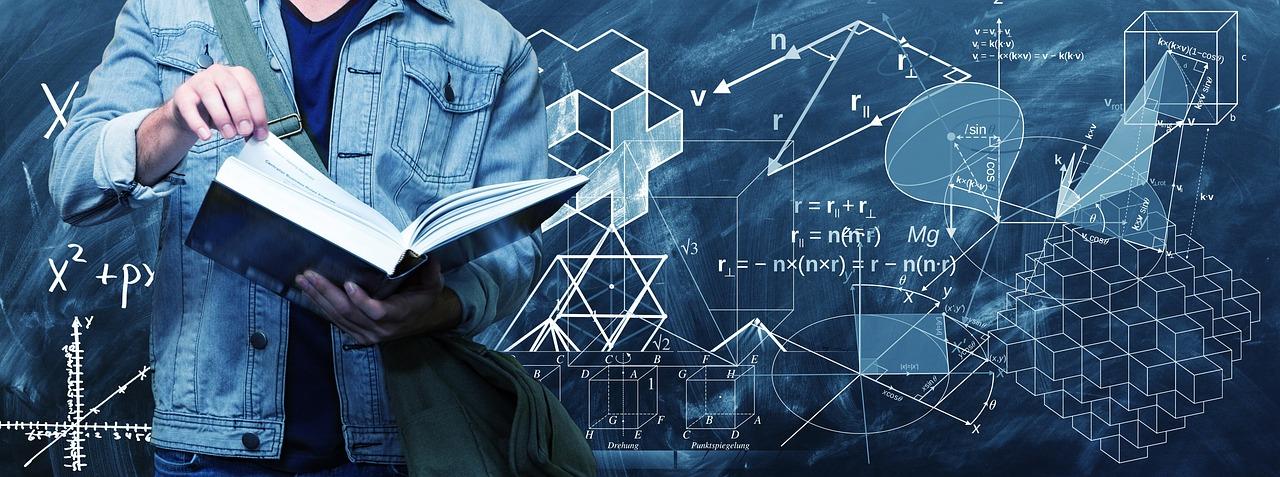
Angles in Navigation
by Karen Larsen
This lesson is an activity to see what an angle is and how is can be used to approximate the time of day or even navigating vessels by measuring other celestial bodies. Students will use sextants to measure the angle of the sun and approximate the time of day by drawing triangles on a graphs using the horizon as the x axis.
Lesson Plan Link/URL
https://docs.google.com/presentation/d/1P5NsXkisqJ6zcbCfOrudtRaodGG7COXQ/edit?u…Subject Area
Science Physical Science P2: Objects at a Distance Earth and Space Science E2: Earth & the Universe Technology 1. Empowered Learner 5. Computational Thinker Mathematics Measurement and Data (MD) Geometry (G) Ratio and Proportion (RP) Algebra (A) Reasoning with Functions and Relations (RFR)Related Content

Grades:
3rd Grade, 4th Grade, 5th Grade, 6th Grade, 7th Grade, 8th Grade, 9th Grade, 10th Grade, 11th Grade, 12th Grade
In this engaging lesson, students explore how size, strength, weight and time constraints can impact space transportation. There are a variety of resources included with this lesson.

Grades:
9th Grade, 10th Grade
This lesson plan focuses around 4 key topics, with activities for each. The plan covers renewable energy, solar energy, why solar energy is important, and what the children can do to conserve energy

Grades:
8th Grade, 9th Grade, 10th Grade, 11th Grade, 12th Grade
A lesson that dives into the fusion of Art and Chemistry. Students will make their own pigments using common plants by using an acid-base reaction. They will test the effects of different solvents in

